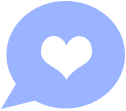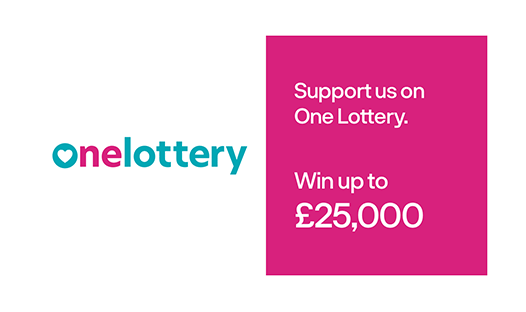A cluster attack is a single attack of CH. CH is a disorder with highly distinctive medical features, which are normally assessed separately as follows:
A single attack always focuses on just one side of the head or face although the headache can change sides between attacks and/or bouts and rarely can change sides during a single attack. The pain is excruciatingly severe. It is located mainly behind or around the eye, around the top side of the head and within the temple and forehead, although any part of the head or neck can be affected. The headache normally lasts from between 45 minutes and 1½ hours, but can range from between 15 minutes and 3 hours (or more). The pain often reaches its peak very quickly and maintains its intensity over a period of time before ending equally quickly.
There have also been several descriptions by CH sufferers of symptoms similar to those of migraine. Just before an attack starts many sufferers have symptoms such as tiredness and yawning. Features during an attack can also include feeling sick, actually being sick, and having an over sensitivity to smells, light and sound. However, unlike most migraine sufferers, nine out of ten CH sufferers are usually restless and irritable during an attack, preferring to move around in the hope that this will relieve the pain.
The cluster attack frequency varies from between one every other day to six times a day, however, some sufferers can have up to eight attacks (or more) each day. Regardless of frequency, attacks can often occur rather uncannily at the same time each day.
Alcohol, exercise and increases in environmental and bodily temperature can actually trigger attacks. Drinking alcohol can cause an attack within one hour amongst some CH sufferers, unlike migraine sufferers who generally have a headache some hours after a drink. Alcohol does not usually trigger an attack during a period of pain-free remission. The drug nitroglycerine also produces an attack, naturally only under clinical conditions. Allergies, sensitivity to food, hormonal changes, and stress do not appear to be triggers of an attack, although this does vary between sufferers. The International Headache Society now state that a first bout of CH attacks can be triggered by head trauma.
Other in bout triggers can include:
- Antiseptic hand gels which include alcohol
- smells of paint, spirit-based perfume, acetone [nail varnish, paint remover] air and room fresheners
- extremes of heat or cold and extreme weather conditions.






